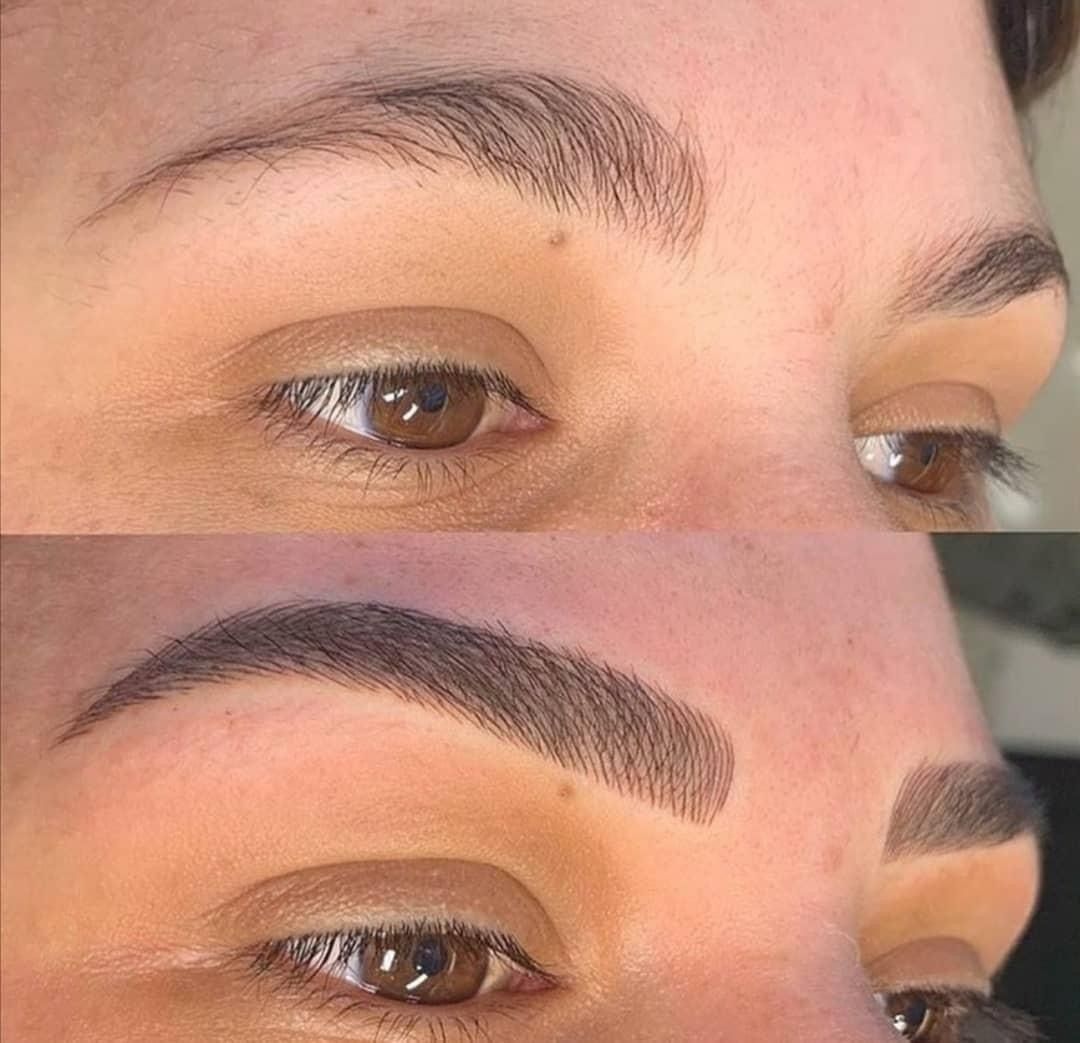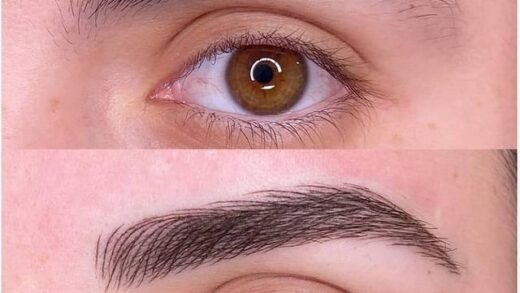The longevity of microblading can vary significantly based on various factors, but generally, it lasts anywhere from one to three years. This semi-permanent eyebrow tattoo technique has gained popularity due to its ability to enhance the appearance of eyebrows with natural-looking hair strokes. The duration largely depends on skin type, aftercare, and lifestyle choices. In this article, we will delve deeper into the factors influencing the longevity of microblading, as well as aftercare tips to extend its lifespan.

Understanding Microblading
Microblading is a cosmetic tattooing procedure that involves using a specialized tool to implant pigment into the skin, creating fine, hair-like strokes. Unlike traditional tattoos, which use a machine, microblading is done by hand, resulting in a more natural appearance. The pigment typically fades over time, and touch-ups are often required to maintain optimal results. It’s important for individuals considering microblading to understand the process and its implications fully.
During the procedure, a brow technician will carefully measure and shape the eyebrows to align with the client’s facial structure. They will then use a blade to create small incisions and deposit pigment into these incisions. The procedure typically lasts between two to three hours, including consultation and aftercare instructions. Understanding the process can alleviate any apprehensions and ensure a satisfactory outcome.

Factors Affecting the Longevity of Microblading
Several factors influence how long microblading lasts. Here’s a comprehensive list of these key factors:
-
- Skin Type: Oily skin may cause the pigment to fade faster, while dry skin can retain pigment longer.
- Sun Exposure: UV rays can break down pigment, so protecting your eyebrows from sun exposure is crucial.
- Aftercare: Proper aftercare, including avoiding water and certain skincare products, can significantly influence how long the microblading lasts.
- Health Conditions: Certain health conditions, such as hormonal imbalances, can affect pigment retention.
- Technique and Skill of the Artist: The experience and skill of the artist can also play a crucial role in ensuring lasting results.
Taking these factors into consideration can help clients achieve the longest-lasting results from their microblading experience. Additionally, it’s advisable to consult with the technician about specific concerns regarding skin type or conditions that may affect the process.

How to Care for Microblading
After undergoing microblading, following proper aftercare is essential to ensure lasting results. Here are some valuable tips for clients to consider:
- Keep Your Brows Dry: For the first week post-procedure, avoid getting your eyebrows wet to prevent the pigment from fading.
- Use Approved Ointments: Follow your technician’s recommendation for aftercare ointments that aid healing without affecting the pigment.
- Avoid Heavy Makeup: Limit the application of makeup on and around the brow area for the first few weeks.
- Stay Away from Sun Exposure: Always apply sunscreen to the brow area when exposed to sunlight.
- Don’t Pick or Scratch: Avoid touching or scabbing your eyebrows during the healing process.
Following these aftercare tips can significantly enhance the longevity of microblading, ensuring that your brows look fresh and appealing for as long as possible. Remember, your technician knows best, so don’t hesitate to ask questions about proper care.
When to Schedule Touch-Ups
Touch-ups are generally recommended to maintain the appearance of your microbladed brows. It is usually advised to book your first touch-up appointment around six to eight weeks after the initial procedure. This session allows the technician to fill in any faded areas and ensure that the color is still vibrant. Depending on individual preferences and the initial results, subsequent touch-ups may be needed every year or every eighteen months. Most of the fading occurs in the first six months, so this early touch-up is crucial in achieving the desired aesthetic.

Beyond aesthetic touch-ups, regular visits to your technician allow them to assess the condition of your microblading, suggest modifications for color or shape, and help you maintain your desired brow appearance effectively. Always communicate clearly with your technician about your goals; this makes the touch-up process smoother and more satisfactory.
Conclusion
In conclusion, microblading can last anywhere from one to three years, depending on multiple factors such as skin type, aftercare, sun exposure, and the skill of the technician. Proper care and timely touch-ups can enhance the longevity of your results. By understanding the process, the factors influencing durability, and adhering to aftercare guidelines, clients can enjoy beautifully shaped brows that last. Those considering microblading should do thorough research and consult with a professional to ensure the best possible outcome.
FAQs
While it’s less common, some individuals may experience longer-lasting results due to factors like skin type and aftercare. However, yearly touch-ups are recommended to maintain the look.
2. Is microblading painful?
Most clients report minimal discomfort during the procedure, as numbing creams are typically applied beforehand to reduce any pain during microblading.
3. What should I do before my microblading appointment?
Avoid alcohol, caffeine, and blood-thinning medications for 24 hours before your appointment to minimize bleeding and ensure optimal results.
4. Can I swim after getting microblading done?
It’s recommended to avoid swimming for at least two weeks after microblading to prevent any water exposure that could affect the healing process.
5. How does microblading differ from eyebrow tattooing?
Microblading is a semi-permanent procedure that creates natural-looking hair strokes, while traditional eyebrow tattoos use a machine to create a more solid and permanent eyebrow shape.


